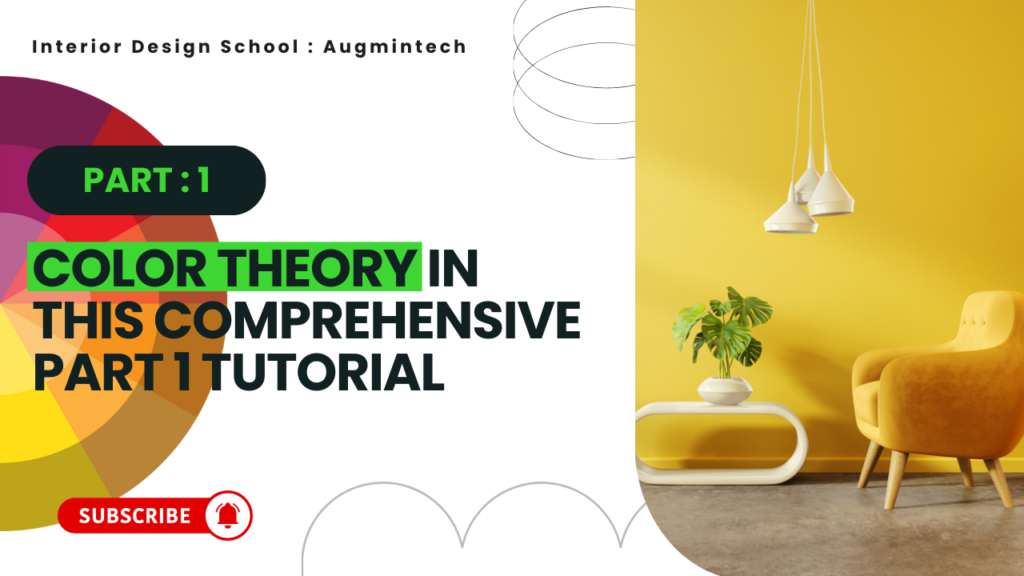Color Theory in Interior Design Part 1 by Augmintech
- December 7, 2024
- 4:07 pm
- 800+ Comments
Discover how mastering color theory can transform your interior design projects.

Introduction: Why Color Theory is Crucial in Interior Design
Color is more than just decoration—it’s the essence of mood, functionality, and aesthetics in any space. Understanding color theory enables interior designers to craft visually stunning and emotionally impactful spaces. In this blog, we’ll dive into the basics of color theory and explore how you can use it effectively to enhance your designs.
Table of Contents
What is Color Theory in Interior Design?
Color theory is the science and art of using color. It explains how colors interact, the emotional responses they evoke, and how to combine them to create balance and harmony. For interior design, color theory is vital in:
- Setting the mood of a room.
- Highlighting specific design elements.
- Balancing functionality and aesthetics.
Core Concepts of Color Theory
- The Color Wheel: A circular tool displaying primary, secondary, and tertiary colors to guide color selection.
- Color Schemes: Methods to combine colors, such as complementary, analogous, or monochromatic schemes.
- Warm vs. Cool Colors: Warm colors (reds, oranges) evoke energy, while cool colors (blues, greens) promote calmness.
How to Apply Color Theory in Interior Design
1. Create a Focal Point
Use bold, contrasting colors to draw attention to a specific area, such as an accent wall, artwork, or furniture.
2. Balance the Space
Combine warm and cool colors for a visually pleasing balance. For example, pair a navy blue sofa (cool) with mustard yellow cushions (warm).
3. Use Neutrals Wisely
Neutral shades like white, gray, and beige provide a base for experimenting with vibrant colors.
FAQ's (Frequently Asked Questions)
- Primary Colors: Red, blue, yellow (cannot be created by mixing).
- Secondary Colors: Green, orange, purple (made by mixing two primaries).
- Tertiary Colors: Created by mixing primary and secondary colors, like blue-green or red-orange.
- Blue: Promotes calmness, ideal for bedrooms or offices.
- Yellow: Evokes energy and optimism, great for kitchens.
- Green: Represents balance and nature, perfect for living rooms.
It’s a timeless color rule to balance a room:
- 60% of the space is a dominant color (walls).
- 30% is a secondary color (furniture).
- 10% is an accent color (decor).
Conclusion: Master Color Theory with Augmintech
Understanding and applying color theory is a skill every interior designer should master. From creating harmony to setting the mood, color is the foundation of every great design. Stay tuned for Part 2, where we’ll delve deeper into advanced techniques and real-world applications.
Ready to enhance your design skills?
Learn more about mastering interior design tips with Augmintech! Explore our courses and elevate your career in design today.
